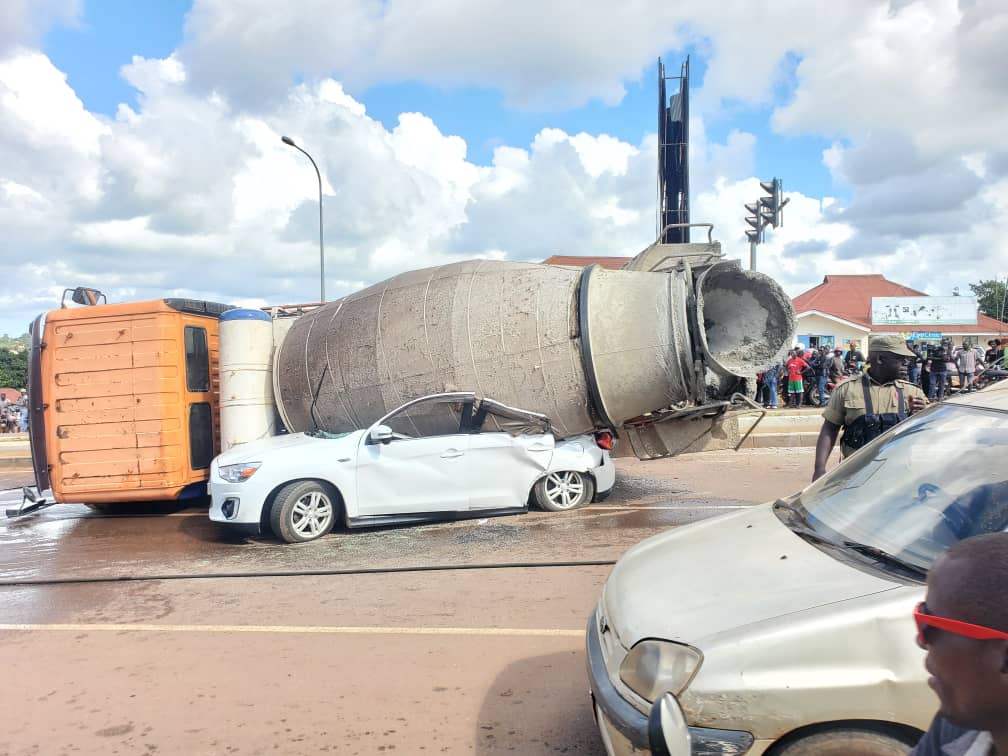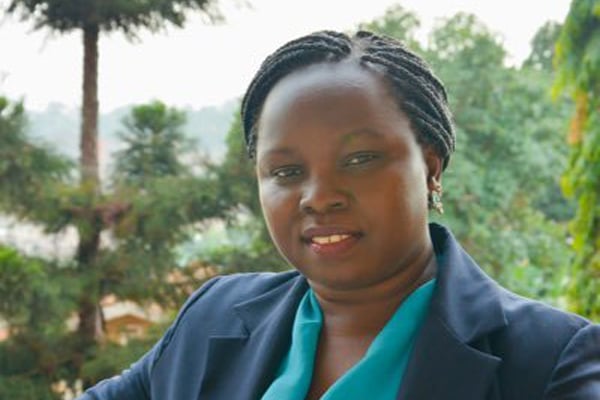A tale of two cities: Kla’s Park Yard market and Nairobi’s Two Rivers Mall
What you need to know:
- Is there a place, maybe a website, where residents of Kampala can examine the proposed redevelopment of what is essentially public land at Park Yard and give their comments and objections if any?
- Do we need yet another mall or giant shopping centre covered in bathroom tiles in downtown Kampala? And if so, should it be built on public land?
My friend Beti Kamya, the Kampala Minister, recently found herself in a spot of bother over the eviction of vendors from the Park Yard market, in downtown Kampala, to allow for the area to be redeveloped.
Vendors accused Kamya, a former MP and activist for federal government and citizen emancipation, of ‘forgetting’ them after she was hoisted to the rarefied air of cabinet. The vendors were reportedly given a month to relocate only for their stalls to be razed after only a few days. Efforts to resist the demolition, including by some city officials opposed to it, were met with violence. (It appears, in the minds and actions of city authorities, that there is nary a problem that can’t be solved by violence – a subject this column shall revisit in the near future).
Most of the arguments about the Park Yard eviction and others before it have been procedural. The recurring nature of the problem requires that we frame new questions and maybe apply some historic and futuristic arguments to the urban development debate.
It is easy to establish who has a genuine title for the land on which the market sits. It is harder, but more interesting and useful, however, to ask how that came to be a market in the first place. Kalundi Serumaga, who is old enough to remember, and spends more time than most studying land grabbing, reminded me that the ‘market’ sits on what was once the parking lot of the nearby Nakivubo Stadium.
It was Jaberi Bidandi Ssali, as minister in charge sometime in the early days of the NRM government, who oversaw what was meant to be a temporary reallocation of the land to a cooperative of physically disabled folks. How many of these original intended beneficiaries were still standing, as it were, at the time of the demolition we shall probably never know – neither are we likely to know for sure how it came into the hands of its current owners.
This failure to examine or understand the historical intention behind development is at the heart of most of our planning nightmare in Kampala. For example, how else can we explain allowing a park, set up to commemorate the city’s centennial celebrations, to be turned into a large, ugly concrete mall and dozens of bars and hair salons?
In addition, this lack of historic knowledge leaves urban redevelopment decision-making in the hands of technocratic bureaucrats, without input from residents and nearby communities. Is there a place, maybe a website, where residents of Kampala can examine the proposed redevelopment of what is essentially public land at Park Yard and give their comments and objections if any?
Do we need yet another mall or giant shopping centre covered in bathroom tiles in downtown Kampala? And if so, should it be built on public land? People much smarter than your columnist are better placed to answer these questions, but there are some interesting examples from elsewhere. Space allows me to only share one.
The Two Rivers Mall recently opened in the northern suburbs of Nairobi. At 65,000 metres of rental space, it will be the biggest mall in the region once fully operational. Now, the mall is partly owned by Centum, a development company listed on the Nairobi Stock Exchange.
The folks behind Centum went to Runda, a posh residential neighbourhood, and bought 100 acres of land most of it paid for with borrowed money. They drew up a concept for a mixed-use project which, when complete, will have the mall on 11 acres, a water park, hotels, residential apartments and so on. In effect, they are building a new mini city in which people can live, work, shop and be entertained. They could never have build Two Rivers in downtown Nairobi; there isn’t enough land and the target monied audience would never come.
Beyond that, however, by leveraging their assets and bringing in capital partners Centum have built a large project quickly while reducing their own share of the risk. And as a listed company they will share the wealth if the project succeeds.
There are lessons there for our investors about green-field investments, about structuring project finance, and about using the debt and equity markets to raise finance.
There are smarter ways of making money, building value and developing new urban areas than ‘omugaiga’ strutting around on a half-completed site built on grabbed public land, hands clasped behind the back, quizzing the foreman about materials used, and generally trying to look visionary. If we can’t rewrite the history of our city we should at least try to reimagine its future.
Mr Kalinaki is a Ugandan journalist based in Nairobi. [email protected] &Twitter: @Kalinaki




